Well, wouldn't ya just know it. Another day, another Pane di Altamura posting. With my recent trip down to Lorenzo's in N. Miami Beach (no beach!) and finding a source for semola rimacinata at US$1/pound, I was stocked up and stoked up with all of this durum discussion underway here. Following David Snyder's posted formula (for the most part) and seeing what Brad (breadforfun) and Abe (A BakEr) were up to, it was my turn to also jump on the bandwagon.
I decided to do concurrent first builds of the biga, just for the experimentation of it all. One biga with my ever-ready levain fed down to 60% hydration, and the other with my stiff starter, already ~60% hydration. The levain based biga took 7 hours for the 1st build to double, while the starter based version barely showed signs of life at that point, until it started moving and took a full 12 hours for each of the 1st and 2nd builds. So I stuck with my levain based version. 2nd build was another 7 hours, however the 3rd build was under 6 to grow beyond doubling.
As an aside, I felt it was time to refresh my starter, which was last refreshed on 02 Nov 15. But 5 months old and it was still going strong, for anyone who still wonders how long a stiff starter can live a healthy refrigerated life.
I did bump the overall hydration of the dough up to 65%, and also made the mix 25% larger than the formula posted by David, so it clocked in at a total of ~1145g total dough weight.
One set of 200 French Folds, a 10 minute rest followed by another 200 FFs. And then left to rise on its own for 5 hours, no stretch and folds, before dividing.
Being alfanso, once it was shaped and couched, it went into the refrigerator for an overnight nap and was baked this morning, as usual, directly out of the retard. Also, being alfanso, and liking to change around a thing or two, I decided that these would be shaped and scored as batards.
Abiding by the oven temperatures and timings in David's post, these baked for 15 minutes with steam, and then another 21 minutes, with 2 additional minutes of venting before being removed. As noted, the dough was quite soft and puffy, and I wonder if my shaping was a tad too aggressive considering the crumb. But the oven spring was all I could have asked for. Since I really didn't know what to look for in this bread, nor how it should taste, it was all, and I mean all, new to me.
Due to the retard time, there is a mild SD tang to the bread.
The first build completes in 7 hours. The third build in just under 6 hours, but I was late to snap this 2nd picture. I made a few dozen more grams of biga than needed. Some biga or dough is always lost to my hands or the workbench or mixing/fermenting vessel, so my habit is to always make a little more than the formula calls for.
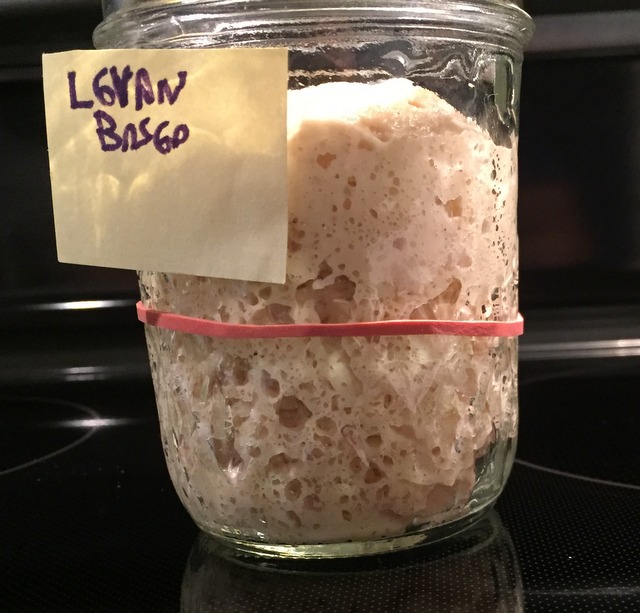
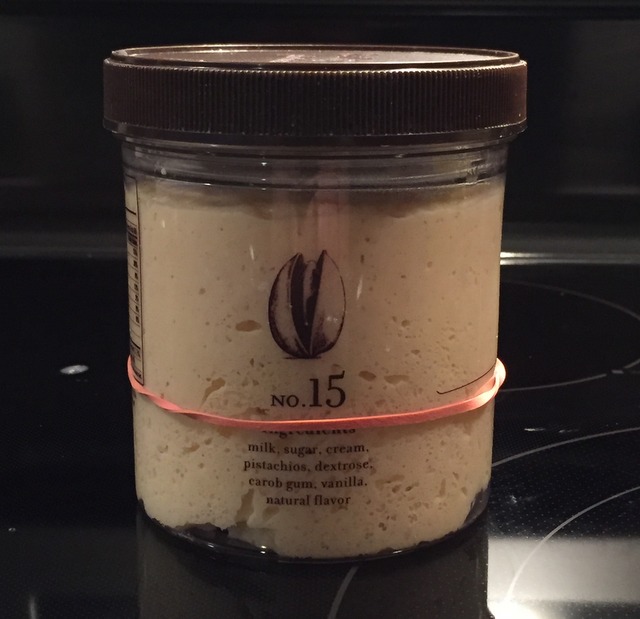
The dough after the 2nd set of 200 French Folds, and after the 5 hours of bulk rise at 80dF completed.
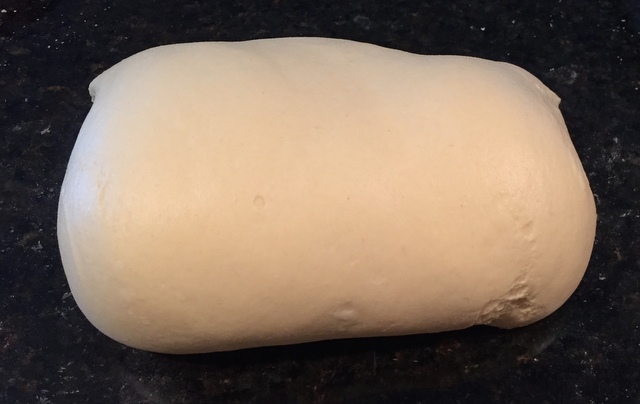
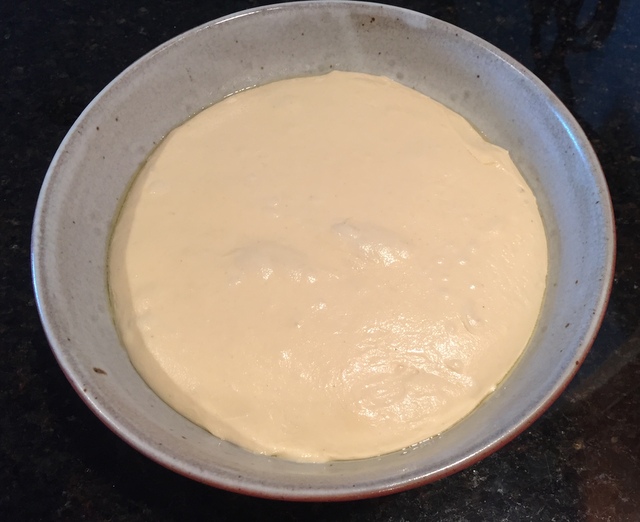
Shaped as batards and the double score applied just a minute before entering the oven.
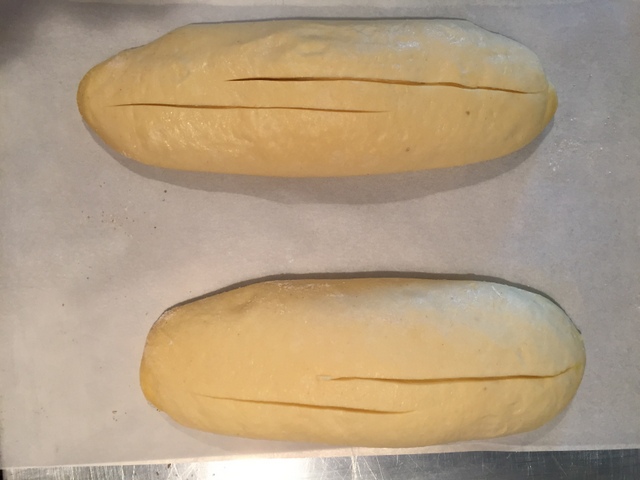
Steam released after 15 minutes, and batards have been rotated front to back & left to right.
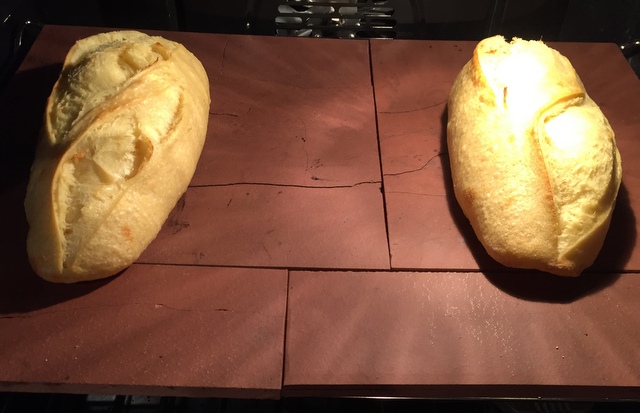
The end game. In this case, the colors are accurate.
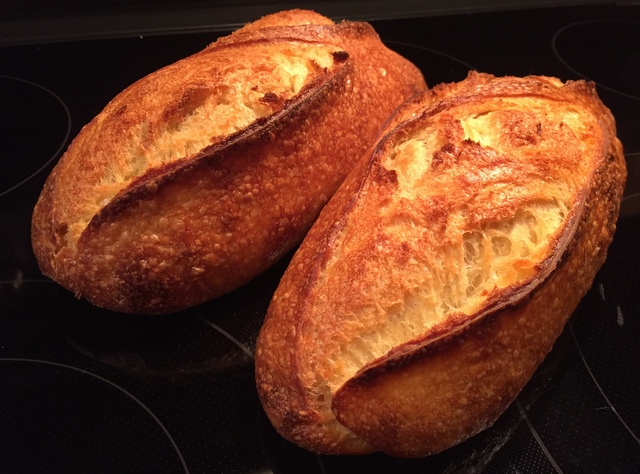

alan